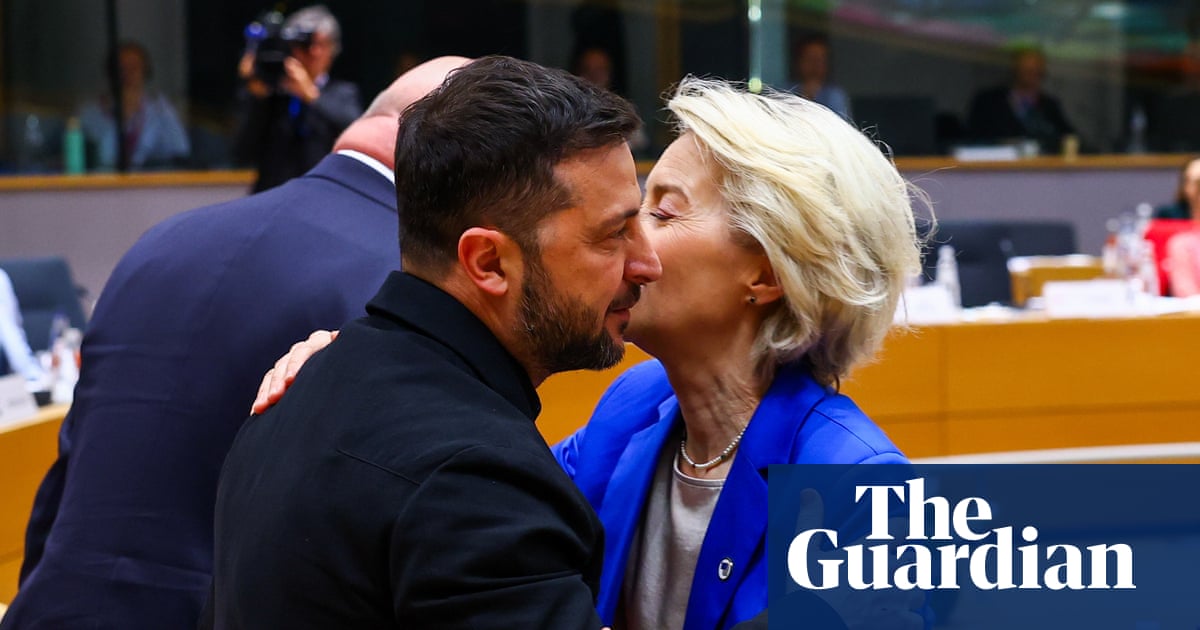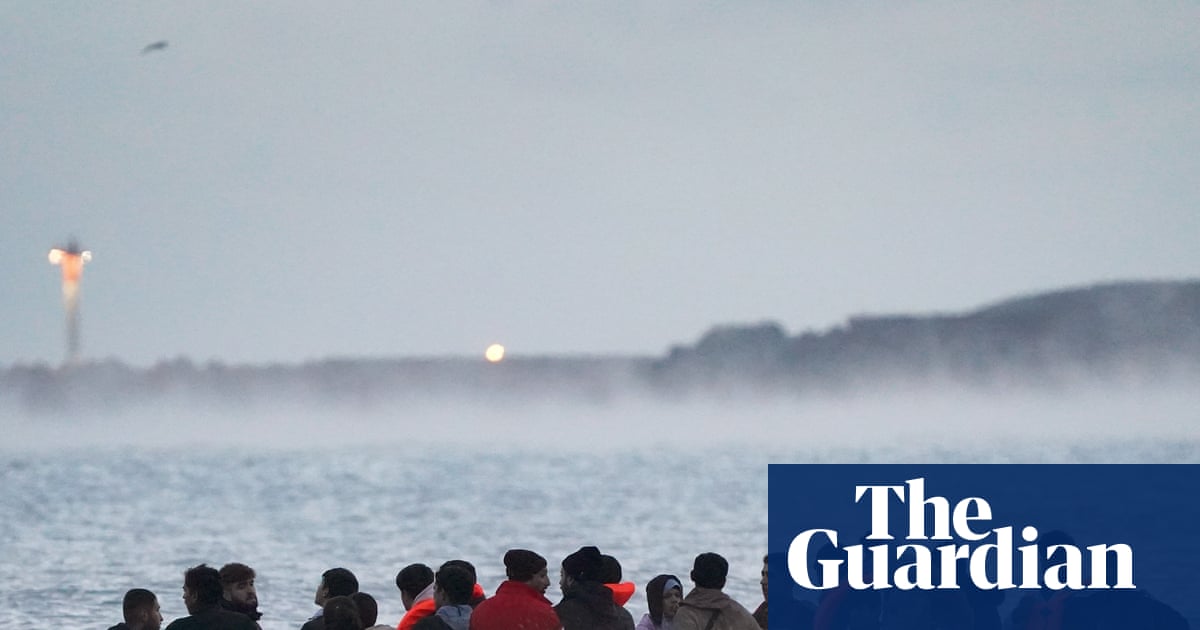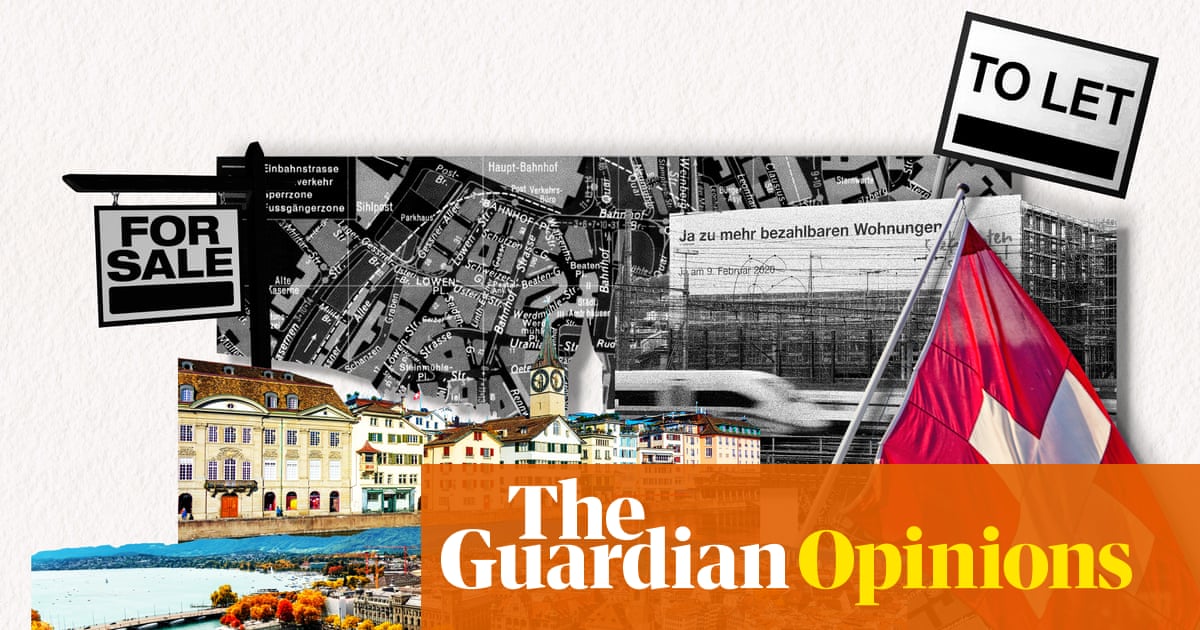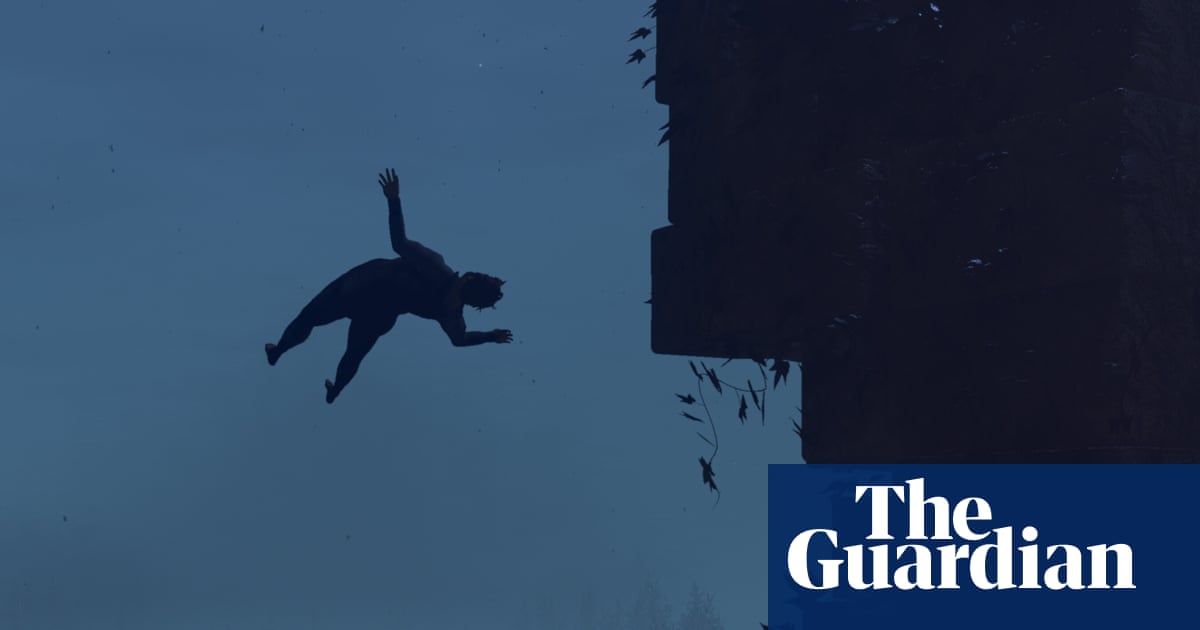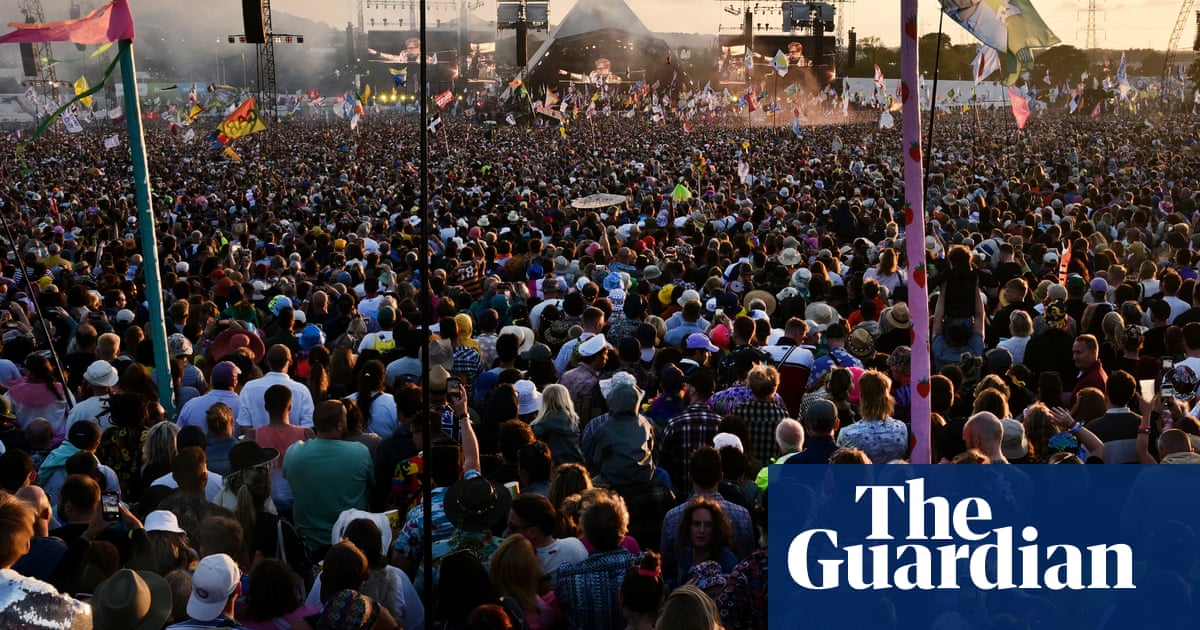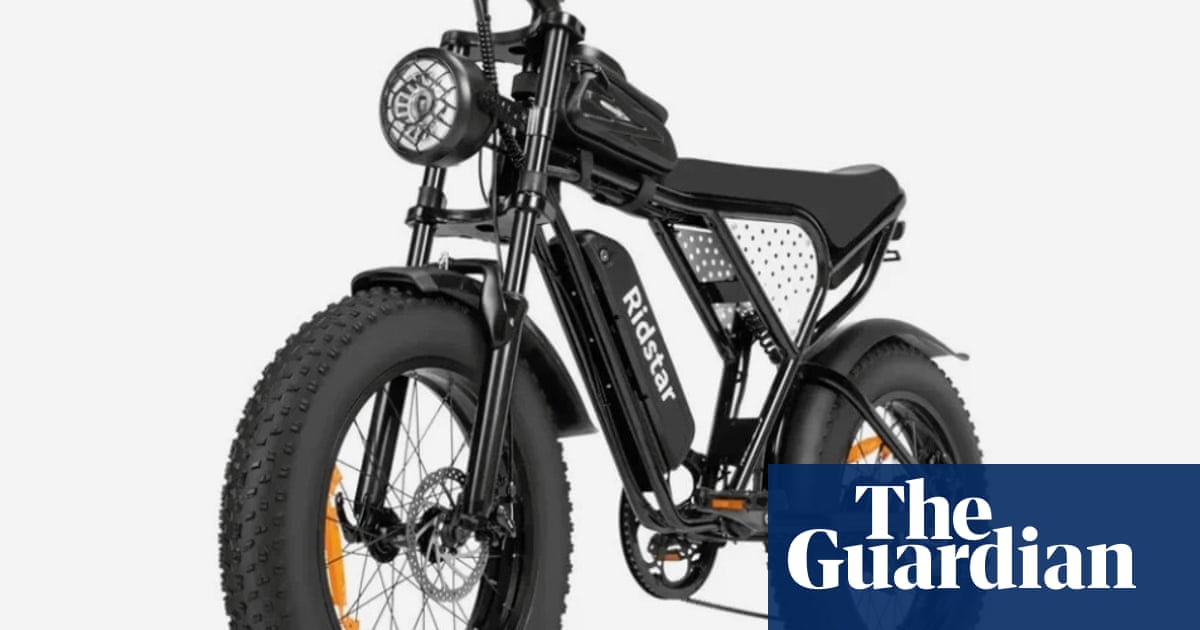The people queueing for the Eurostar at London St Pancras station, rushing in from the rain in hoodies, look noticeably less enthusiastic than the usual holiday crowds. But then, we aren’t heading to the usual hot, heady holiday destinations of Spain or the south of France, but boarding a train to north-east Europe. For me, it will be a journey of more than 1,000 miles – via Amsterdam, Berlin and Warsaw to Vilnius – visiting some of the coolest capitals in the north. At least in terms of temperature.
As England sweltered this summer, and Spain reached a hellish 46C, it made sense to head away from the heat on what is now fashionably being called a “coolcation”. I left in August, with a suitcase full of jumpers.
There is something irresistibly romantic about long train trips, watching the geography unfold outside the window. I leave London for Amsterdam on the Eurostar, eating a pain au chocolat as we speed through rural French flatlands and glide past red-roofed Belgian farmhouses, and then the distinctive, tall art nouveau buildings of the Netherlands. In Amsterdam, I switch trains to the Deutsche Bahn, grabbing a packet of Stroopwafel and jumping on board alongside cool Dutch kids with asymmetric hair. I know we have entered Germany when I spot a VW factory, and the graffiti becomes better – and more profuse.
As for my coolcation, it feels burning hot when I arrive in Berlin, emerging from the glass and steel Hauptbahnhof into a summer evening where hipsters on deckchairs are drinking cocktails at Capital Beach on the Spree River.
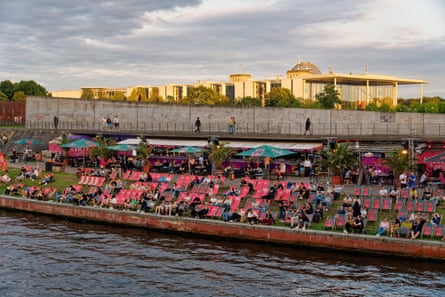
The next morning, I stroll through the lush Tiergarten past men in black leathers chugging in the Biergarten; through the shadowy blocks of the Holocaust memorial; under the intimidating Brandenburg Gate. I’m heading to Alexanderplatz – where teenagers congregate under the TV tower – and I’m ruminating on how eastern European cities have a harsher aesthetic than those in the soft south. The remnants of the Soviet era echo in the hardness of the culture, in the brutalist architecture I’m passing, and then suddenly as pounding techno surrounds me. Marching down Unter Den Linden, I find myself caught in a procession of floats surrounded by people wearing all black, looking like they’re heading to Berghain nightclub.
My next train, from Berlin to Warsaw, is the IC Intercity link. It’s a Polish train, on which the carriages are split into comfortable six-person compartments. In one of these I sit opposite a boy with a mohawk eating paprika crisps, and I watch the city turn to pine forests of pale thin trees.
Train journeys mimic cruises – you hop on and off in different cities (ideal for my ADHD) and, in between, lounge around eating too much. It’s a five-hour journey from Berlin to Warsaw, and when gazing at farmland becomes monotonous, the restaurant carriage offers distraction. I order Kotlet schabowy (€10.50), and a delicious plate of breaded pork chop, cucumber salad and floury boiled potatoes appears, which I eat surrounded by men with blond buzzcuts drinking Żywiec beers.
It’s startling to emerge from the bunker of Warsaw Central station to a horizon of glass skyscrapers reflecting the deep red sky.
The next day, I discover Warsaw – a captivating juxtaposition of history and modernity. In the Old Town, I eat pierogi beside Marie Curie’s house, then explore cobbled streets with bright rows of coloured medieval buildings, which were bombed during the second world war but have been so faithfully reconstructed they have earned Unesco status. Their Disneyland-esque quality is only lessened by the artillery pockmarks.
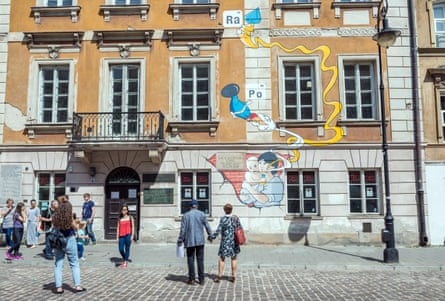
Elsewhere, austere Soviet buildings have morphed into hipster cafes with oak counters and earthenware cups. BarStudio, below the Stalin-era Palace of Culture and Science – now reclaimed as a tourist attraction with an observation deck – runs silent-disco nights and serves matcha crepes from a menu decorated ironically with communist-era cartoons.
Taking a train is far easier than flying – there’s no negotiating airport security or check-in – and soon I become dangerously casual, running and hopping onboard with a picnic of local foods.
We roll out of Warsaw and I sit munching Kopernik iced gingerbread biscuits as we pass endless farmland, the occasional dilapidated dacha, factories and small towns of Identikit modern houses in grids. Today’s journey to Vilnius will take nine hours, so it’s a relief when at Mockava, on the Lithuanian border, we are ejected on to a remote platform in a sunny forest. I stand sweltering in 26C heat, wondering why I packed so many jumpers.
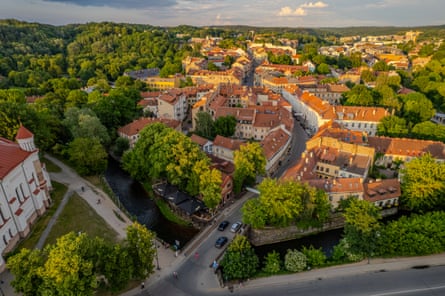
The black, double-height Lithuanian train is open-plan, modern, slick and packed full of heaving bike racks, but the dining options are disappointingly limited. I eat a sad toasted-cheese sandwich as we glide through more farmland and forests.
Vilnius, although the most eastern city I’m travelling to, feels the most western in style. Its baroque buildings – including cathedrals that survived the Soviets and have earned it Unesco status – blend into art nouveau architecture. Even former communist blocks here are painted in soft pastels, and wide boulevards (a USSR endeavour) open up a lush city. Elsewhere, meandering cobbled streets offer up cafes and pretty boutiques.
after newsletter promotion
The further east you go, the cheaper things get: coffees that cost €5 in Berlin and €3 in Warsaw are €2 here. But the enthusiasm for capitalism is evident in the number of luxury Lithuanian boutiques and western brands such as H&M and Mango, and a growing tech industry: Vinted is based here. Užupis, the bohemian quarter – where art exhibitions and Banksy-style graffiti adorn the streets – has its own logo: a blue hand with a hole in the middle. My guide says it shows that money falls through in an enticement to spend, spend, spend, but Užupis’s own tourism minister, Kestas Lukoskinas, has said: “The main thing is we have nothing to hide in our hands.”
Still, the heart and backbone of Vilnius is creative, a scene both historic and constantly reinvented. On Literatų gatvė (Literature Street) in Vilnius Old Town, individual wall plaques celebrate writers associated with the city, including Adam Mickiewicz, who lived on the street, Joseph Brodsky and Romain Gary.
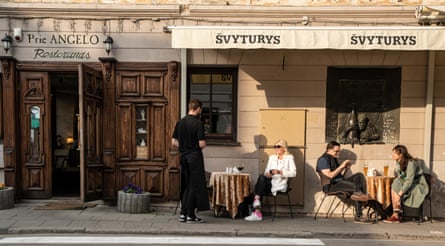
The Lithuanian National Opera and Ballet Theatre, where tickets start at a very reasonable £15, is matched as a cultural attraction by Lukiškės Prison 2.0 – a Soviet jail shut in 2019 and now reinvented as a creative space, with cells turned into studios and stages hosting trendy bands such as Aurora and Fontaines DC. At Mo Museum, a modern Lithuanian art gallery established by scientists and philanthropists Danguolė and Viktoras Butkus – and one of the first large-scale private collections of its kind since independence – the current exhibition, GamePlay, explores the creative impact of video games.
Although I try classic Lithuanian cuisine – cepelinai (stodgy potato dumplings filled with ground meat), and pink soup (borscht with kefir) – I’m excited to find a burgeoning Michelin restaurant scene. At Ertlio Namas, a nine-course tasting menu is an affordable €70, with traditional dishes reinterpreted with modern spin: salted ide fish with jelly, bread soup with beer-braised beef, and buckwheat babka come as delicious exquisite morsels.
Vilnius repeats Soviet motifs now familiar on my journey: brutalist architecture; cool young people in all black and boots; and the compulsory revamped TV tower, where you can climb to the 67th floor and take a horrifyingly scary walk on a handrail-free ledge, attached only by a rope.
The journey home feels faster; the west softer, even though the train is delayed by five hours (so much for German efficiency). I wander Amsterdam hazily, the harsh and uniform brutalism replaced by the uniquely elegant canal houses and oily Van Goghs – yet I’m surprised, among the clatter and chaos, to miss the calm, clean order of the eastern European cities. I arrive back from my hot coolcation, in England – where it is raining.
The trip was provided by Go Vilnius and the Polish National Tourist . In Berlin, Hotel Zoo has doubles from £110 a nigh. . Rail journey: London-Amsterdam-London on Eurostar €339; Amsterdam-Berlin on NS International €108.99; Berlin-Warsaw on Deutsche Bahn €53.99; Warsaw-Vilnius-Warsaw LTG Link Train €50; Warsaw- Amsterdam Deutsche Bahn €165.49

.png) 5 hours ago
7
5 hours ago
7

